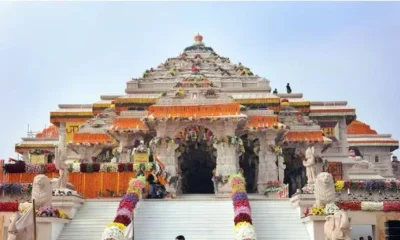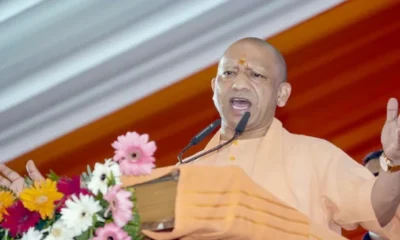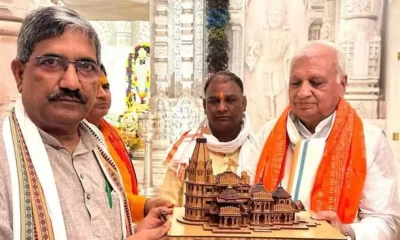It has been 30 years of the demolition of the Babri Masjid in Uttar Pradesh’s Ayodhya took place on December 6. The destruction actually transpired on the same date in 1992, after which it is considered one of the darkest days in the history of India. The disputed structure, which now is called Ram Mandir has been at the epicenter of many political debates and even has helped political outfits garner votes over this agenda.
The Demolition came after the Hindu outfits and other community people staked claims of the land to be the birthplace of Lord Ram, and alleged that the Mughal emperor who built the mosque in 1528 actually built on Lord Ram’s birthplace.
The day for many Hindu outfits and their supporters is perceived as a glorious triumph over one particular religion. However, contrary to this, many others see it to be as the darkest day in the history of India as the movement for religion came at the cost of lives. The topic of Ram Mandir has always found its way as the crux of many political debates or even has become a buzzword for political leaders to garner votes by milking the name of Ram Mandir.
Bharat Jodo Yatra: Rahul Gandhi gives flying kiss while passing by BJP office in Rajasthan | WATCH
What led to Babri Masjid’s Demolition?
The Demolition of the Babri Masjid came after a chain of episodes that triggered the Hindu to take law into their own hands. In December 1949, Lord Rams idols were planted inside the Masjid that triggered protests by Hindu and Muslim communities across the county. In 1989, the then Prime Minister, Rajiv Gandhi, gave a nod to Hindu outfits to conduct a ceremony, Shilanyas inside the mosque premises.
LK Advani’s Rath Yatra in the 1990s added on to build a Ram temple on the land of Babri Masjid. Late UP CM, Mulayam Singh Yadav Government’s action also brought the movement to the limelight after they instructed the police to fire at the Hindutva mob who were marching towards Babri Masjid. The firing led to 16 deaths of the Kar Sevaks which included the famous Kothari brothers.
The land of Babri Masjid which is now turned into the land of Ram Mandir was also amongst the leading agenda topics for BJP at that time.
Later, in 1992, the demolition was carried out by the Kar Sevaks or mobilised Hindu outfits namely Vishwa Hindu Parishad (VHP), RSS, Shiv Sena, and more. Many different organizations joined hands to pull down the 16-Century mosque in the city of Ayodhya on December 6. The demolition was also propelled by BJP’s LK Advani’s Rath Yatra which was carried out in the 1990s and as a ramification, LK Advani was arrested for it later on.
What all happened that day?
The Karsevaks or mobilization of the Hindu outfits aimed to put a conclusion to the Babri Masjid land dispute themselves, after they failed to win the battle on legal grounds. On December 6, 1992, the Kar Sevaks proceeded to carry out their mission and surrounded the Babri Masjid. According to reports, within hours, the Karsevaks successfully demolished the 16-century mosque.
The reason for the demolition was always to reclaim the land which is allegedly the birthplace of Lord Ram and the Hindu groups also claimed that it was also built by demolishing Ram Mandir. Reports also suggest that over 2,000 people were killed during the demolition of Babri Masjid.
Supreme Court’s judgement on the disputed land
The Supreme Court delivered its verdict on the disputed land and ruled in the favor of Ram Lalla who had sought staked claims of the land and had wished to build the temple of Lord Ram on it on November 9, 2019. The Supreme court also allotted five-acre land to the Sunni Waqf Board to build a mosque. It was the longest running commission in India’s history with several extensions granted by various governments.
The construction of the temple was given to Shri Ram Janmabhoomi Teerth Kshetra Trust’s temple construction committee. The construction had commenced on 5 August 2020 and is expected to be completed by December 2023.
Babri demolition anniversary: Alert in Mathura after Hindu Mahasabha announces recitation of Hanuman Chalisa in Shahi Idgah mosque
6 people kill man by smashing his head with stone in Bengaluru, murder caught on CCTV


 India News12 hours ago
India News12 hours ago
 India News11 hours ago
India News11 hours ago
 India News11 hours ago
India News11 hours ago
 India News8 hours ago
India News8 hours ago
 India News11 hours ago
India News11 hours ago















